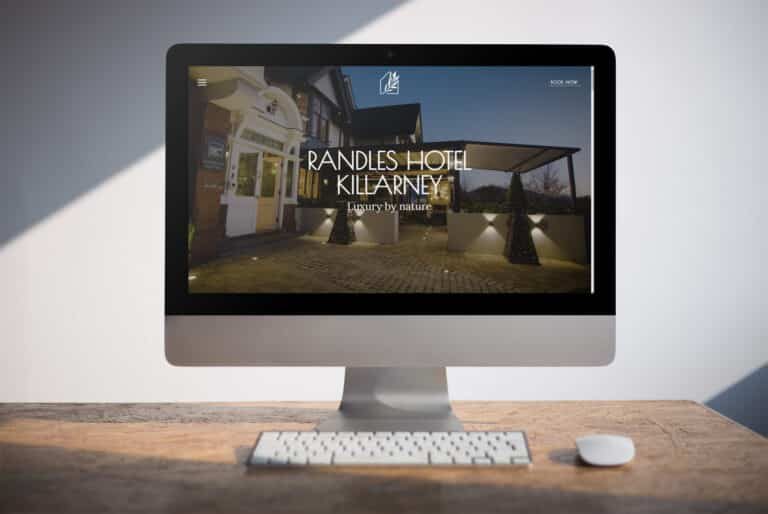Brand consistency is the pattern of how you deliver your message in line with your brand identity and customer experience. Your tone and method of delivery affect what people think about your company. Consistency in your branding further exposes your target audience to your key message, so choosing what platforms to use for your brand is key.
Leaving your brand open to interpretation can result in mixed messages to your audience, confusion as to what your company stands for and a lack of brand recognition. Standardisation is key to build awareness and develop trust and loyalty with your customers.
DEVELOP BRAND GUIDELINES
Many companies have created their brand identity on a core set of guidelines to be followed to increase their brand recognition and remain consistent in the experience they offer.
These may include:
- Logo design – portrait / landscape versions
- Tone of voice
- Fonts / colours palettes
- SOP’s on how the company works – your company ‘Bible’
- Create a file with clear ‘do’ and ‘do not’s’ for the brand
Brand consistency isn’t just a customer-facing initiative. Consider creating an internal brand culture that will resonate with your staff and the experience your company offers. Empower your employees to develop this with you and incorporate this corporate culture into staff induction and training.
MAINTENANCE AND SPOT CHECKING
Now that your brand identity guidelines have been created, you need to maintain consistency and ensure the interpretation of your guidelines are correct.
Take the time to ensure that all branding and standards are in place and followed correctly. This will allow you to correct or improve any discrepancies you find, before your customers find them.
Take the opportunity to evaluate your stock of branded items for their condition. Ensure items have not faded, damaged, or distorted over time, also ensure you have adequate stock to meet demand.
Ensure the telephone is answered correctly – consider a rebrand or need to re-train staff.
PLATFORMS FOR PROMOTION
What platforms align best with your company image? There are several to choose from, but your budget and target audience needs to be considered.
Ensure your branding remains consistent throughout all platforms.
- Signage/billboards
- Printed materials (business cards, flyers, letterhead)
- Promotional Items (pens, coasters, apparel, calendars etc.)
- Online (website, social media)
- Vehicles
- Advertising (Print and Electronic Media) (tv, radio, newspapers, magazines etc.).
brand consistency and purchasing
ENSURE EVERYONE HAS ACCESS TO YOUR GUIDELINES
Ensure all your team have access to your branding guidelines and all updates to the guidelines are shared across the board. Create a shared folder that contains templates, brand images and your guidelines to ensure consistency across all departments and empowers staff to gain knowledge and learn about the brand they work for. It also ensures that staff have the necessary information to share with website developers and designers for your branding needs.
All orders should be managed by one department / person to ensure that your branding is used correctly in print and promotional materials.
MAKE YOUR CONTENT CALENDAR
Approach your content with brand consistency in mind. Once you’ve created your brand style and usage guidelines, refer to them when planning all your content marketing efforts.
Content should be relatable to your company culture and goals, especially if your company has expertise in or unique insight into an issue.
Ensure you’re keeping your target market up to date with what your company has been working on or achieved and engage with your audience to discover which content / platforms they’re most likely to engage with.
THIRD PARTY BRANDING
Use platforms and online channels that align with your brand identity and will be the preference to your target audience.
Once the platform is chosen, you may choose to form alliances with other brands/influencers that align with your brand. If you decide to work with third parties, ask yourself these questions:
ARE THEY REPUTABLE?
- Will they appeal to my target audience?
- Does their style and culture reflect mine?
- Location – are they able to reach clients that are accessible to me?
- Would my target audience expect a collaboration with this brand / influencer?
- Will this third party portray my brand in a way that’s complimentary to my brand guidelines?
Remember, brand consistency takes your marketing to another level – if you create a brand identity and experience that is dependable and recognisable, your clients will be making their next purchase without you even having to ask.





